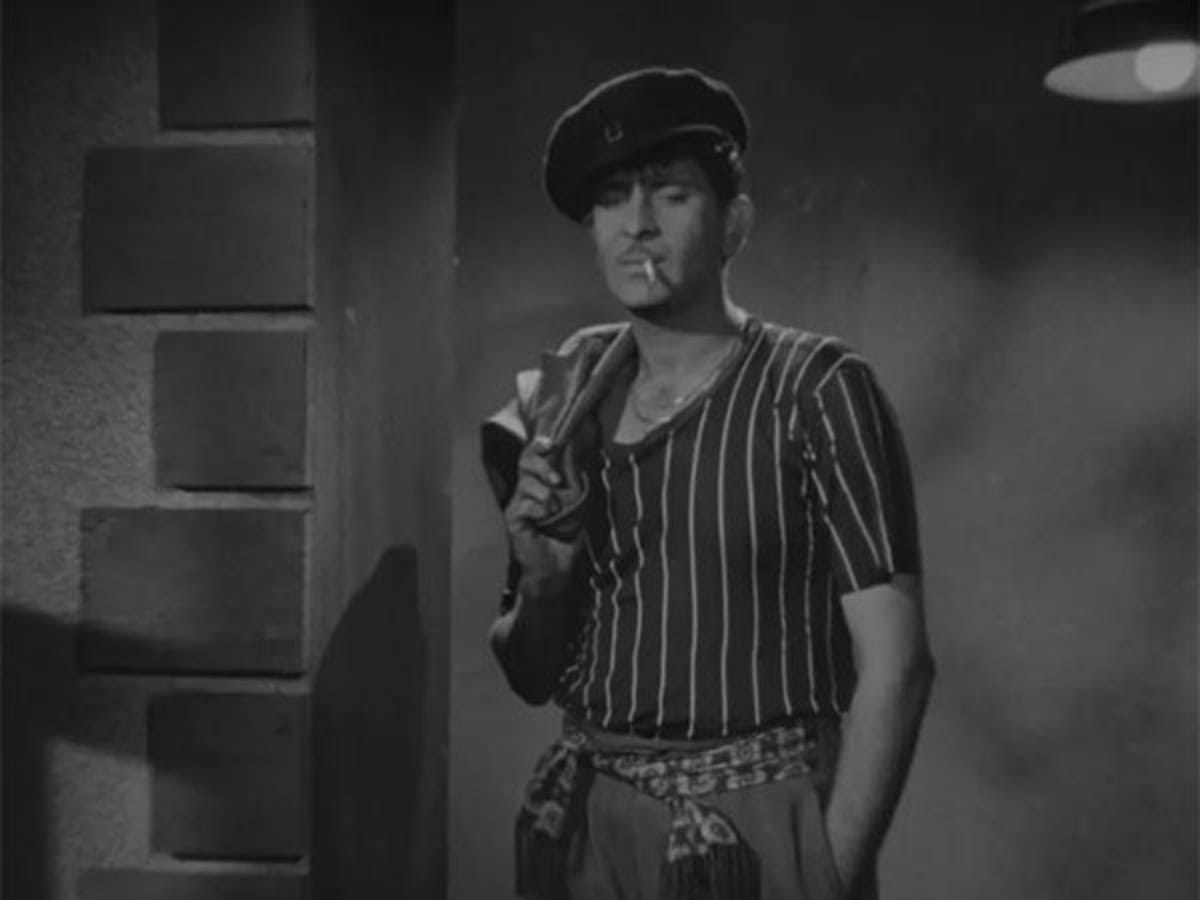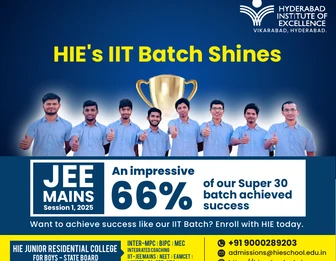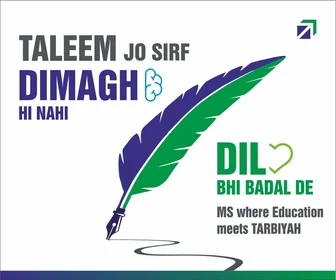
Golden Era of the Hindi Cinema started with Raj Kapoor’s Barsaat in 1949. Raj Kapoor emerged as India’s First and Greatest Showman, whose magic sustained through the decades. Raj Kapoor was the first Hindi Film Star, after Nargis, to become an international icon. Modeling himself on Charlie Chaplin, Raj Kapoor became the Eternal Tramp. Credit goes to Raj Kapoor for globalizing Hindi Cinema.
Referring to the raging popularity of Raj Kapoor in Russia, Indian Ambassador to the erstwhile Soviet Union K P S Menon writes in his Memoirs that if a girl was born, the obvious choice for the Russians was to name her Nargis and if it was a boy, it was Raj Kapoor.
Inspired by the high idealism of the First Prime Minister and Architect of Modern India, Pandit Jawaharlal Nehru, Raj Kapoor’s Tramp Image became an Icon of Socialism. Aawara in 1951, Shri 420 in 1955 and Jis Desh Mein Ganga Behti Hai in 1960 carries the lofty message of Socialism to the people. Mukesh was his voice and Shailendra was his soul. Hearing him in a Mushaira, Raj Kapoor gave Shailendra a break with Barsaat.
Aah, Chori-Chori, Anari, Main Nashe Mein Hun, Kanhaiya, Phir Subah Hogi, Aashiq, Ek Dil Sau Afsaane, Dil HI to Hai, Dulha Dulhan, Around the World and Teesri Kasam are among the films that immortalized Raj Kapoor.
Aawara is a tale that rubbishes blue-blood theory and shows how the force of circumstances shapes the character of a person. To prove the point that riches do not always mean grace, Raj Kapoor has a powerful dailogue, Judge Raghunnath, Aaj tak main apne-aap ko bahut hi gira huva, kameena aur aawara samajhta tha. Lekin maanna padega, ke aaj to tum mere bhi baap nikle.
The Dream-Sequence in Aawara is an innovation. It has three parts and three songs weave together the Deam-Sequence. It starts in the Hell, with the song, Yeh nahi hai zindgi. It holds up the vision of Heaven, with Nargis humming Tere bina aag yeh chaandni, tu aajaa. Then Raj Kapoor ascends to the Heaven, with Nargis singing Ghar aayaa mera pardesi, pyaas bhujhi meri ankiyan ki. Finally, his fears catch up with him and he is shown falling back into Hell.
Aawara has a song-sequence, Hum tujh se mohobat karke Sanam…which has a stanza that lists out titles of Raj Kapoor’s earlier films: Yeh dil jo jala ek Aag lagi, aansun jo bahe Barsaat huvi, Baadal ki tarha Aawara the hum, rote bhi rahe, hanste bhi rahe.
Raj Kapoor’s Aawara in 1951 was the trendsetter. It made Nargis, Raj Kapoor team not only national, but truly international. Aawara was a hit across the continents. The Title-Song, Aawara hun, became an anthem in Russia, Africa and China.
Before the launch of Barsaat, Raj Kapoor starred in Mehboob Khan’s Andaaz in 1949, a multi-starrer film with Raj Kapoor, Dilip Kumar and Nargis in a love-triangle.
Barsaat proved to be the turning point, both for the Hindi Cinema and personally for Raj Kapoor. Barsaat had several firsts to its credit. After the disaster at the box-office of his first debutant venture Aag in 1948, Barsaat in 1949 was the first big hit under the R K Films banner. It was the film to launch the first hit leading pair of the Hindi Cinema, Raj Kapoor and Nargis. R K Films got its iconic emblem, Raj Kapoor holding Nargis with one hand and violin in the other hand, based on a scene from the film.
Barsaat was the first film to introduce Title-Song, a trend that endured throughout the Golden Era of the Hindi Cinema. Barsaat assembled the hit team that went on to dominate the Hindi Cinema. Nargis-Raj Kapoor was the first biggest hit leading pair of the Hindi Cinema. Shankar-Jaikidhen as music director duo, introduced in Barsaat, revolutionized and transformed the Hindi Cinema music. Shailendra and Hasrat Jaipuri were introduced as lyricists and they became iconic. Though Mukesh went on to become the Voice of Raj Kapoor, in Barsaat, Mohammad Rafi sang for Raj Kapoor, Main zindgi mein har-dam rota hi raha hun.
With Sangam in 1964, Raj Kapoor’s Magnum Opus, Hindi Cinema came of age. It was the first to start the trend of expensive films with shootings in foreign locations. It turned out to be the biggest grosser of the year.
Raj Kapoor’s crash came with Mera Naam Joker in 1970, a big budget film, which bombed at the box-office. Not one to give up so easily, Raj Kapoor came back with a vengeance with Bobby in 1973, opening to record collection at the box-office.
Bobby is a landmark, as Raj Kapoor reinvented himself. For the first time, he turned trendy, with youth as the theme, launching Dimple Kapadia and his younger son Rishi Kapoor in the lead.
Ending the entire team that started with Barsaat in 1949, it was wholly a new team in Bobby in 1973 that was in step with the times. For the first time, he changed his music directors, from Shankar-Jaikidhen to Lakshmikant-Pyarelal. Lyricists were Anand Bakshi, Inderjeet Singh Tulsi and Vitthalbhai Patel. He introduced Narendra Chanchal to the world of Hindi Cinema. Shailendra Singh became the voice of Rishi Kapoor.
Prem Rog in 1982 holds a mirror to the superstitions holding sway over Hindu society, often praised as ancient customs, traditions and practices.
Ram Teri Ganga Maili in 1985 was effectively his last of the finest films, although Henna in 1991 was posthumously completed and released by Randhir Kapoor.
Easily among his best films, Ram Teri Ganga Maili traces the changing colours of the Ganga as it descends from Gangotri, to Rishikesh and Varanasi and finally joining the sea at Gangasagar in Bengal, through the life of a girl named Ganga played by Mandakini. Politicization of the issue of Cleaning Ganga for political gains is also highlighted.
There’s an interesting anecdote that goes with the film. Once, Ramakrishna Paramahansa’s Guru, Totapuri Baba, came to Belur Mutt to visit him. As he walked down to the River Ganga, he called out to Ramakrishna and said, Ram, dekh teri Ganga kitni maili hai. Seizing upon this anecdote when he heard it, Raj Kapoor decided on the title of the film, Ram Teri Ganga Maili. The Title-Song refers to it, Ramakrishna ko Totapuri ne tana mara, Ram Teri Ganga Maili.
In keeping with his spirit of keeping pace with the changing times, he brought in Ravindra Jain as the music director. Raj Kapoor, who heard Ravindra Jain’s composition, Ek Radha, Ek Meera, dono ne Shyam ko chaha. Antar kya dono ki chaah mein bolo, ek prem diwaani, ek daras diwani, and instantly purchased the rights, besides giving its creator a break as music director. The haunting song was picturized on Mandakini.
From Raj Kapoor’s old team, exception was made for Hasrat Jaipuri, who was given a chance to prove that he still had the stuff in him, by allowing him to write the lyrics of Sun sahiba sun, pyaar ki dhun.
Raj Kapoor got Padma Bhushan and Dadasahed Phalke Lifetime Achievement Award. On May 2, 1988, Raj Kapoor suffered a severe asthma attack when he was brought in a wheelchair for receiving the award. As his condition worsened and could not walk, breaking protocol, President R Venkataraman came down to present the award to Raj Kapoor. Straightaway, Raj Kapoor was rushed to the hospital, where his end came on June 2, 1988.
Raj Kapoor can easily be credited with giving an essentially Indian character to Hindi Cinema. And he remains unbeaten as the Greatest Showman of the Hindi Cinema.


